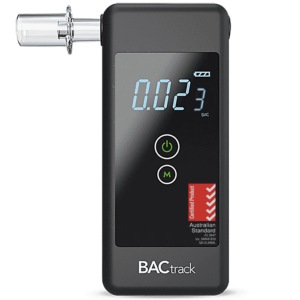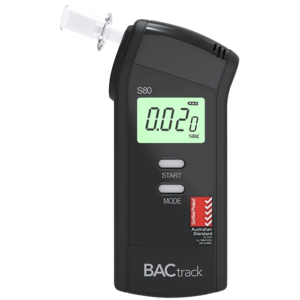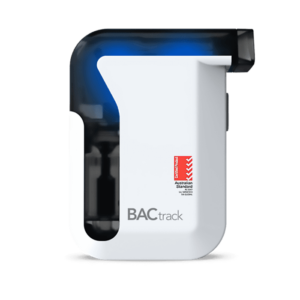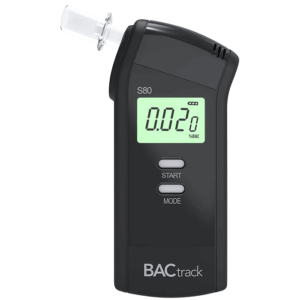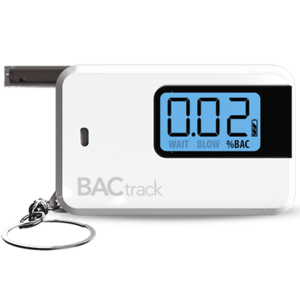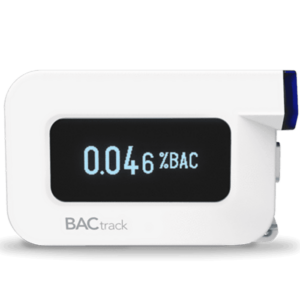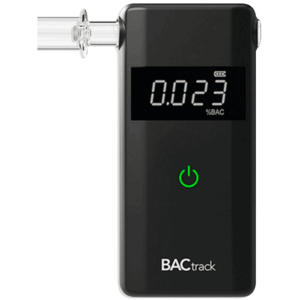Medical Drug and Alcohol Test: Importance, Types, and Understanding the Results
30 January, 2024

Medical drug and alcohol tests are important for workplace safety, fostering a positive company culture, and ensuring legal compliance. These tests can be conducted using various methods such as urine, saliva, breath, and blood tests. The choice of testing method depends on factors such as cost, accuracy, and the specific substances being tested for. Understanding the test results is crucial. Positive results indicate substance use. Meanwhile, negative results indicate the absence of drugs or alcohol in the system.
Drug and alcohol abuse is a prevalent issue that has extensive repercussions. It can result in physical and mental health problems, impaired decision-making, accidents, violence, and fatalities. Therefore, employers frequently require their employees to undergo testing to maintain a safe and productive work environment. This article will provide information on medical alcohol and drug testing, including its importance, different methods, and understanding the results of the tests.
Importance of Medical Drug and Alcohol Test
Medical drug and alcohol tests play a significant role in maintaining a safe environment at the workplace. Employees under the influence of illicit drugs or alcohol may exhibit reduced focus, impaired judgment, and slower reaction times. As a result, they put themselves and those around them at risk. By conducting drug and alcohol testing, employers can address substance abuse issues early on and ensure a safe workplace.
Furthermore, testing encourages a positive company culture and responsible behaviour. An organisation that prioritises workplace safety and enforces testing policies sends a clear message that substance abuse will not be tolerated. It acts as a deterrent for employees relying on illegal use of drugs while on the job. Knowing there are consequences helps discourage individuals from engaging in unhealthy or hazardous behaviour.
Alcohol and drug testing is also essential in complying with safety and legal requirements. Employers have a duty of care to protect their employees from various risks. Workplace accidents due to substance impairment may result in legal liabilities for the company. Therefore, regular drug testing ensures they are doing their obligations to minimise preventable hazards.
Legal Considerations
- Ensure compliance with relevant laws and regulations governing drug and alcohol testing in the specific jurisdiction.
- Obtain informed consent from the individual before conducting the test.
- Protect the privacy and confidentiality of the test results.
- Adhere to the guidelines for chain of custody to preserve the integrity of the bodily samples.
- Provide clear and accurate information to employees. These include the testing process, their rights, and the potential consequences of a positive test result.
- Use validated and reliable testing methods to ensure accurate and defensible results.
- Ensure that testing is conducted in a non-discriminatory manner and does not infringe upon the rights of an individual.

Types of Medical Drug and Alcohol Tests
A medical drug and alcohol test is available in several types. The most common procedure is the urine drug testing. This method is easy to administer and gives fast results. It requires the collection of urine samples to detect alcohol and illegal drugs for the past several days. It is important to note that urine drug test kits screen for the presence of drugs, while laboratory testing can measure their exact amounts.
Oral fluid testing is another method to screen for illicit substances. It involves the use of a collection stick to swab the inner cheek. Hence, it obtains a saliva sample which can hold traces of specific substances. This method can detect drugs within 5 to 48 hours from the last use.
Breath alcohol testing is a reliable method for detecting the presence of alcohol in a person. It utilises a portable breathalyser device that estimates the Blood Alcohol Concentration (BAC) or intoxication level. Lastly, the blood test is a reliable method to measure the exact amounts of drugs or alcohol in the blood. However, it is the most intrusive and costly procedure.
Substances that Can be Detected
Medical alcohol and drug testing regimes often look for the most common drugs of abuse. These substances include marijuana, cocaine, amphetamines, and opiates like heroin and morphine. Some companies may include synthetic substances, such as ecstasy or MDMA. Urine and blood samples can also identify prescription drugs. For instance, high levels of prescription medications in the system may indicate potential abuse.
Meanwhile, breath tests detect ethanol, the main compound in alcoholic drinks. Excessive alcohol consumption may result in significant impairment. This contributes to possible workplace safety hazards. Furthermore, chronic use may lead to health complications. Therefore, companies implement a zero-tolerance policy on these substances.

Understanding the Results of Medical Drug and Alcohol Tests
Understanding the results of medical drug and alcohol tests is crucial. When a test comes back positive, it indicates the presence of a specific drug or alcohol. It is important to identify potential causes, such as prescribed medication. Effective communication of test results can prevent misunderstandings and unnecessary consequences. Meanwhile, a negative test outcome means the absence of illicit substances in the system at the time of the test.
Upon receiving the results, individuals should seek clarification and address any inquiries they may have. This includes the specific substances being tested for and the accuracy and reliability of alcohol and drug testing methods. Additionally, they must know the options for confirmatory testing or disputing the outcomes, if necessary.
Employers and other authorities should provide accurate and easily understandable information regarding testing procedures and their implications. This involves informing them of their rights and responsibilities. Also, they should inform workers and individuals of the potential consequences of a non-negative result. Having access to educational resources and promoting transparency is necessary in order to fully comprehend the results of screening tests.
Factors that Can Influence the Results
Several factors can influence the results of drug and alcohol tests. Firstly, the quantity of the substance consumed. The more drugs or alcohol a person takes or drinks, the higher the chances of a positive result. Secondly, the frequency of use can affect the test outcomes. Heavy users are more likely to have detectable levels of substances.
Thirdly, the timing of the test is a factor. Taking the test too soon after consuming alcohol or drugs can yield a false, non-negative outcome. Lastly, the sensitivity and specificity of the testing method are also important, and laboratory confirmatory testing may be necessary.
Conclusion
In conclusion, medical drug and alcohol tests are crucial for maintaining workplace safety. They help identify and address substance abuse issues early, ensuring a secure environment. Testing fosters a positive company culture, discouraging risky behaviour. It also aids in legal compliance, protecting employees and minimising liabilities. Common tests include urine, oral fluid, breath alcohol, and blood tests, each serving specific purposes. Employers must choose the appropriate method based on their needs to promote a safe and responsible work atmosphere.
Understanding the test results is crucial. A positive result means a specific substance is present, prompting the need to identify potential causes like prescribed medications. It is vital to communicate results effectively to avoid misunderstandings. Negative results indicate no illicit substances at the test time. Individuals should seek clarification and understand testing methods. Factors influencing results include substance quantity, frequency of use, test timing, and method sensitivity. Employers must provide clear information, rights, and responsibilities to ensure comprehension and transparency.

















